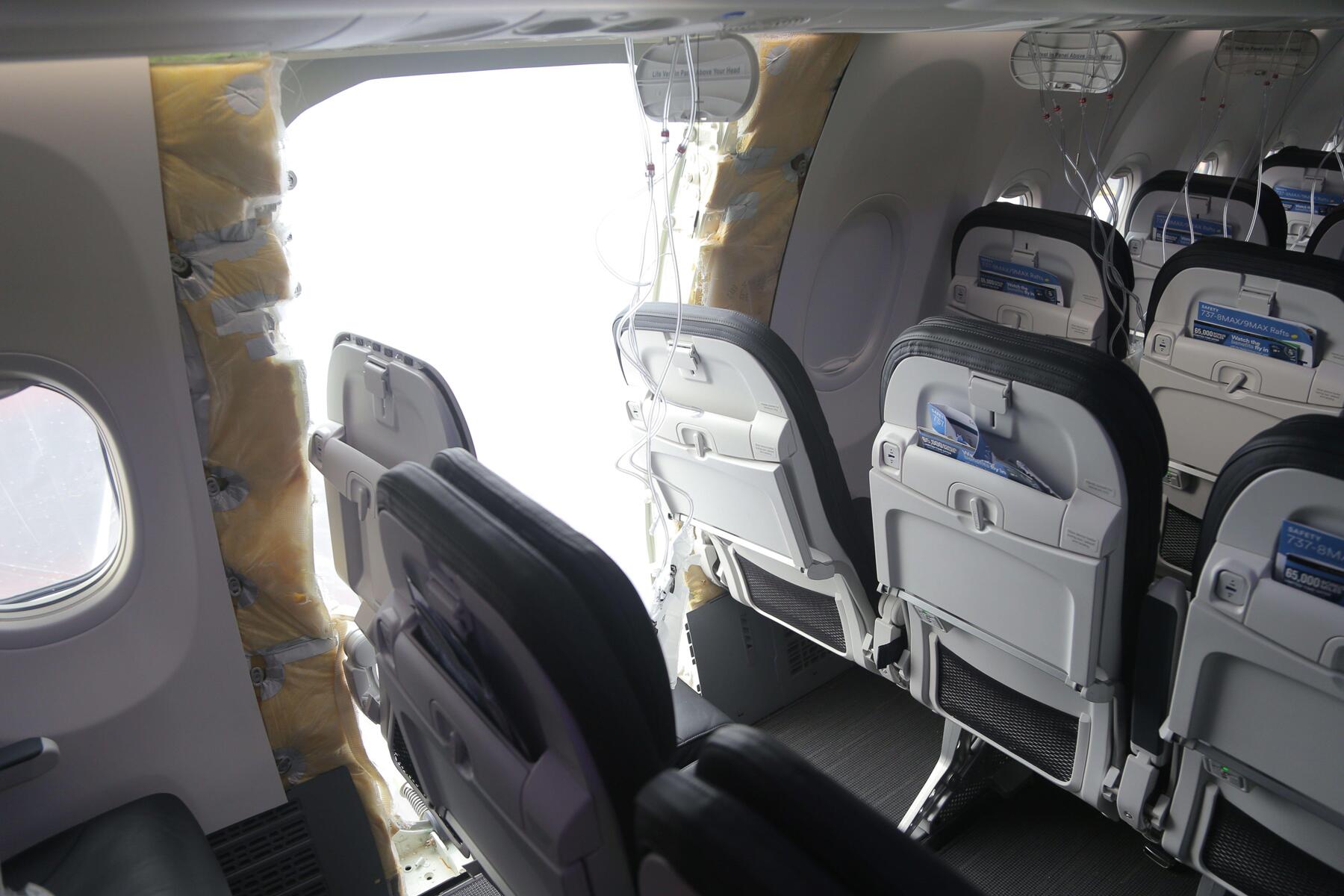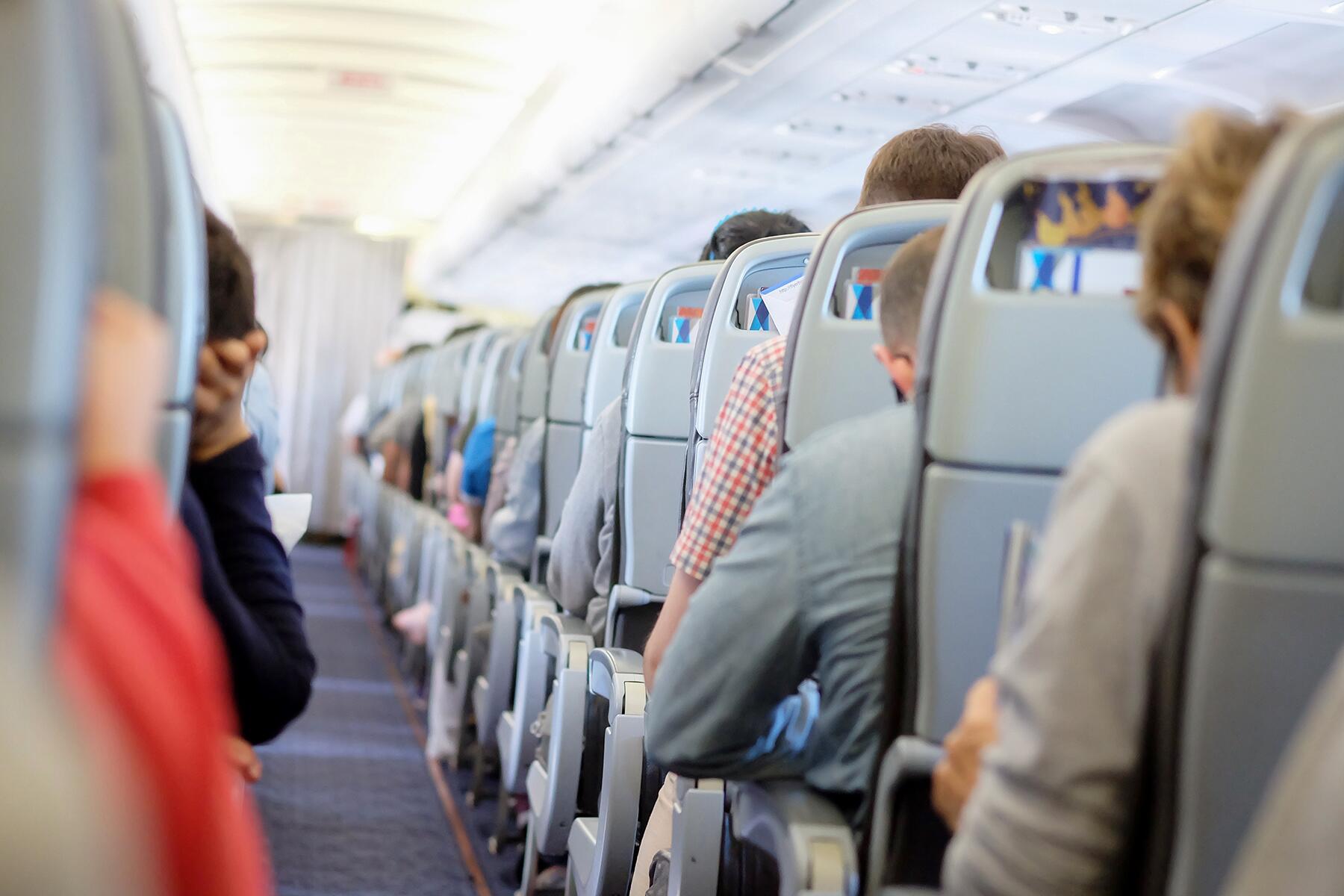
Imagine this: While snacking on peanuts at 35,000 feet, suddenly you smell the faint whiff of hay. It’s not your imagination; chances are that just beneath your feet is a surprising array of cargo that you would never expect to share a commercial flight with. It turns out that horses and chickens are regular passengers, along with luxury cars, dead bodies, and the occasional panda. Read on to find out what other crazy cargo is racking up frequent flier miles.—Leslie Patrick Moore

Giant Pandas
In 2015, the Chinese Wildlife Conservation Association loaned two giant pandas to Ouwehands Zoo in the Netherlands. The special passengers were offered first class treatment by Air France-KLM on their 9.5-hour flight from Chengdu, China. In addition to flying in bespoke transport cages, the pandas had a personal attendant to ensure their comfort and to serve their in-flight bamboo.

Dead Bodies and Cremated Remains
Just because a person has passed away doesn’t mean they can’t board a plane like the rest of us. Although there are explicit instructions about casket sizes and rules for wrapping those who died from infectious diseases, it may come as a surprise that most commercial airlines allow the shipment of bodies in the cargo holds of passenger planes. Cremated remains are even allowed in hand luggage if the correct documentation is presented—that’s food for thought the next time you assist your neighbor with placing their carry-on in the overhead bin.
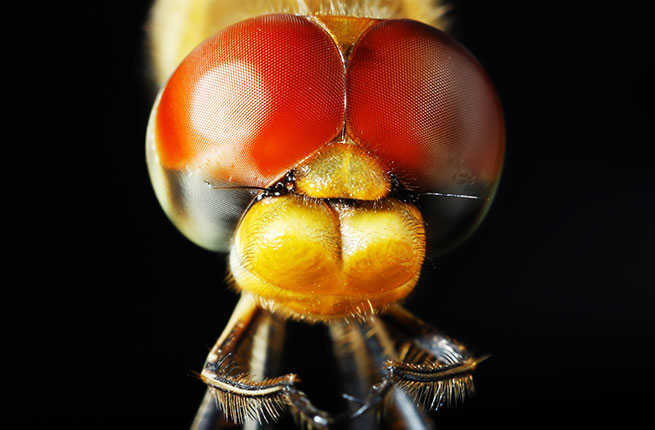
Insects
If you suffer from insectophobia, stop reading right now. Next time you hear a faint buzzing noise midflight, it might not be the engine. The Kailua-Kona area in Hawaii is among the largest producers of Queen Bees in the U.S., and the insects can often be found in the cargo holds of Hawaiian Airlines planes making their way to honey producers on the mainland. The airline also transports frozen wasps nests to pharmaceutical companies for use in immunotherapy drugs.

Thoroughbred Horses
With the average thoroughbred horse costing nearly $90,000, it’s no wonder that airlines give the animals first class treatment. Not only are there special horse stalls in the hold (and seats for grooms nearby), but many airlines including Emirates, Qatar, and Lufthansa have exclusive animal lounges in their hub cities, complete with exercise areas and veterinarians.

Live Fish
The shipping of ornamental fish is big business, with Lufthansa alone transporting more than 80 million aquatic organisms per year. The airline even has specialists on hand to treat the animals in the event of medical emergencies. Some sea creatures onboard are destined for other fates—live eels shipped all the way from New Zealand to New York City by Hawaiian Airlines later appear on the nightly menus of Manhattan restaurants.

Luxury Cars
As it turns out, flying cars aren’t merely a futuristic addition to sci-fi movies. In fact, a Boeing 747 has the capacity to carry up to 46 vehicles. But because they’re so expensive to ship via air (for example, a $450,000 Aston Martin would cost around $10,000), most of the cars you’ll find in your average commercial cargo hold are valued at $200,000 or more. Meanwhile, mass-produced vehicles generally travel economy class—in other words, by land and sea.

Baby Chicks
If there were an animal cargo equivalent to a standby passenger, it would be baby chicks. That’s because airlines only allow chicks to be shipped when they’re one day old—no later. Immediately after hatching, chicks can last for three days with no food or water. After the three day window, they don’t have the stamina to survive airline travel again until they’re six weeks old.

Human Organs
Time-sensitive in the extreme, life-saving organs transported by air can’t tolerate a delay, making them among the most pampered passengers aboard. Kidneys, lungs, eyeballs, corneas, hearts, and bone marrow are a small sampling of the cornucopia of human organs that are shipped on a daily basis—Lufthansa reports transporting four organs per day.

Vaccines
Vaccines and viruses, some of them deadly, are commonly found traversing the world’s flight paths. Fortunately, packaging for pharmaceuticals is extremely strict, and they are transported in high-tech, temperature controlled containers. Emirates has a veritable pharmacy at Dubai International Airport, where a 43,000 square foot pharmaceutical facility acts as a waiting area.
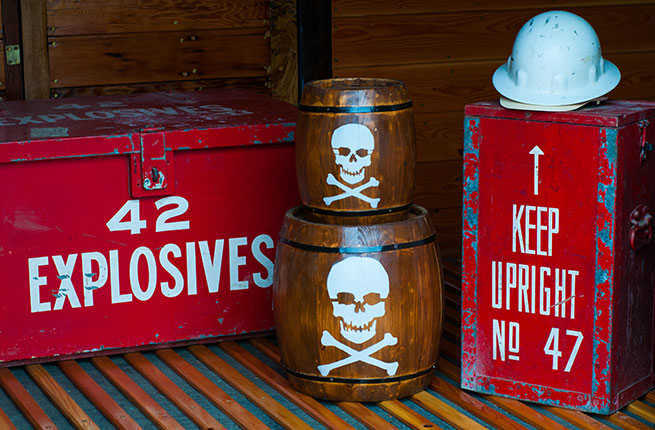
Explosives and Hazardous Materials
Passengers are not allowed to bring a lighter, a laptop, or even a bottle of water aboard, but highly flammable liquids, explosive materials, and toxic, infectious, and radioactive substances commonly claim cargo space directly beneath your feet. In fact, Lufthansa transports 45,000 tons of dangerous goods per year. There’s no cause for alarm since safety requirements for these items are extremely rigid.

Currency and Jewels
Bank notes, gold bullion, diamonds, and any number of precious metals and jewels are shipped via air, meaning on your next flight you may be sitting on a literal goldmine. This valuable cargo isn’t just rattling around next to dirty socks and Disney souvenirs in a pile of suitcases—it’s secured in locked cargo areas with camera surveillance and is sometimes even escorted on the journey by security guards.
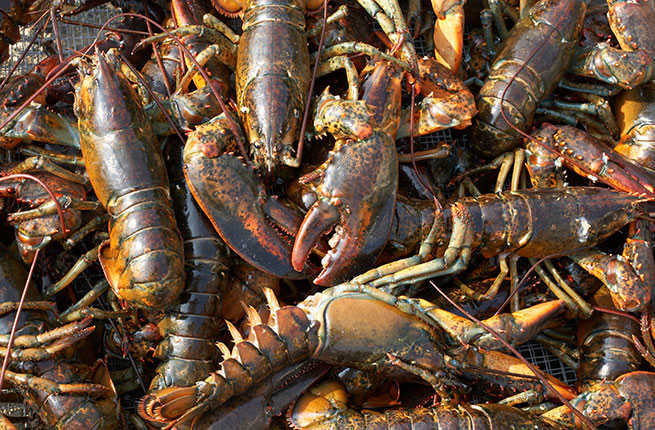
Lobsters
Ever ordered fresh lobster in Kansas? When crustaceans appear on menus in landlocked regions, there’s a good chance they arrived by plane. Lobsters are the Goldilocks of cargo travelers: The temperature, moisture, and oxygen supply must be kept just right, or they have the potential to vomit or swell up and burst mid-flight.
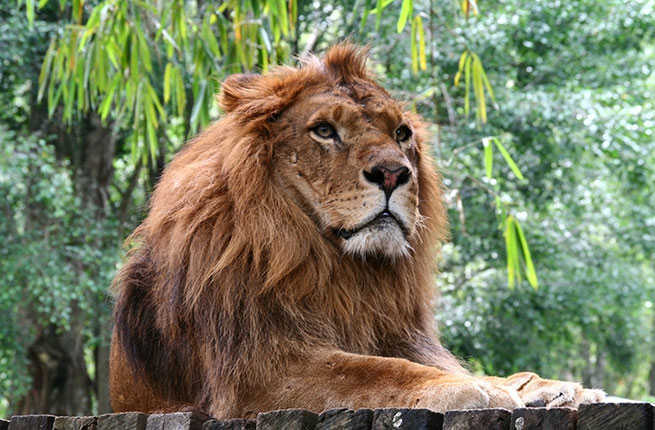
Lions, Tigers, and Bears
Jet setting isn’t just for humans anymore—some airlines report shipping around 150 zoo animals per year. A polar bear has made an appearance on an Air France-KLM flight, and Lufthansa has transported a lioness from a zoo in France to a refuge in South Africa. In 2010, a baby tiger was found in a suitcase at the Bangkok airport—he was not cleared for takeoff.

Priceless Artworks
Museums often have rotating exhibitions, or loan out paintings and sculptures to other museums, and this special type of cargo has ranged from Monet paintings to Egyptian artifacts. Passengers flying on a recent Air France-KLM flight from the Netherlands to Brazil will have been in the presence of artistic genius—the flight contained 70 artworks by famed Dutch painter Piet Mondrian.

Endangered Species
According to the Audubon Society, the Hawaiian Nene Goose is currently on the Federal List of Endangered Species. Though the geese only reside on three islands—Hawaii, Maui, and Kauai—it’s sometimes necessary for them to make interisland flights to and from sanctuaries. Hawaiian Airlines works with the Wildlife Conservancy of Hawaii to ensure the geese fasten their little seatbelts, identify the closest exit, and are comfortable in-flight.

Sperm
Although it sounds like something straight out of a sci-fi flick, human and animal sperm is shipped daily on passenger planes around the world. A highly sensitive material that can become inactive if temperatures are too warm, sperm is shipped frozen or packed with liquid nitrogen to ensure safe delivery—hopefully in more ways than one.
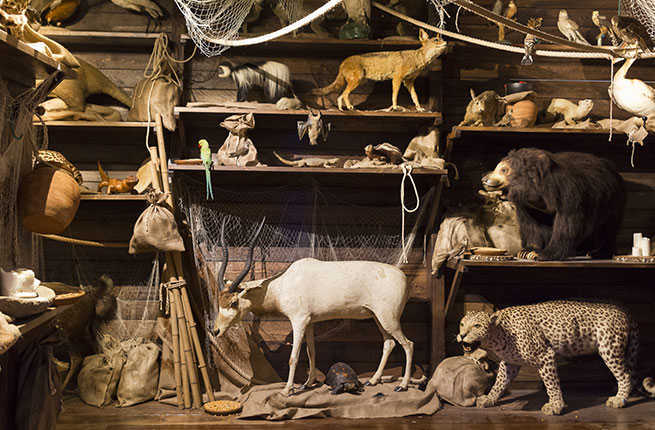
Hunting Trophies
Taxidermied animals, also known as hunting trophies, are prized by some sportsmen and are shipped internationally on commercial airlines. But because of public outcry, many companies have begun to have a change of heart. Some airlines such as Air France-KLM now have a total ban on hunting trophy shipments, while others including Emirates and South African Airways have disallowed transport of big five game trophies (lion, elephant, cape buffalo, leopard and rhinoceros). Meanwhile, Singapore Airlines and British Airways have banished all shipments of ivory.
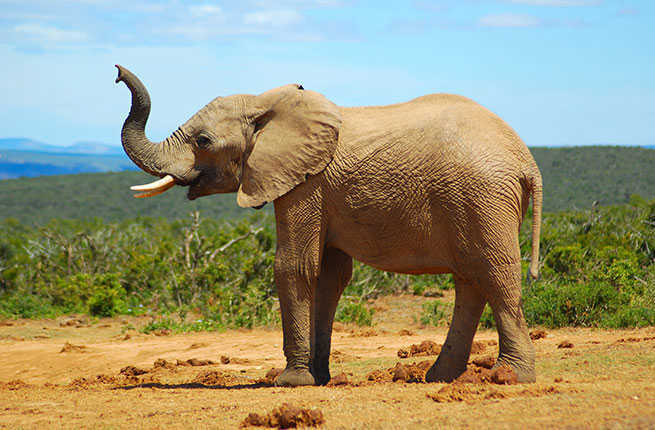
Elephants
Adult African elephants can weigh up to 13,000 pounds and are among the world’s most intelligent animals. These two factors combined make them cautious travelers, meaning they must be trained to tolerate loud noises and to step in and out of their crates. Aeroflot and Qatar Airlines are among the airlines that welcome pachyderm passengers, and in 2012 an orphaned herd of nine African elephants were carried from Namibia to a safari park in Mexico by LAN Airlines.
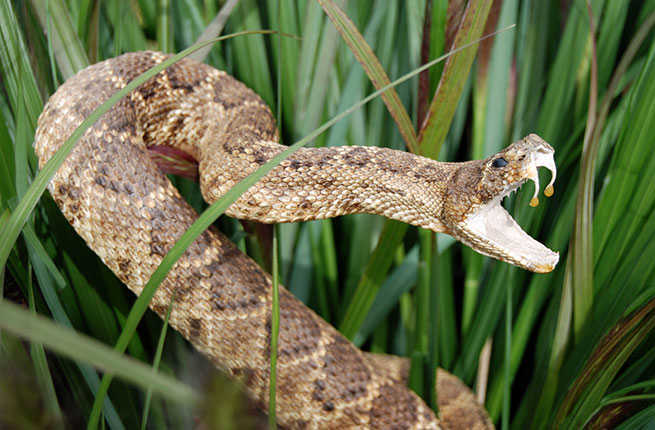
Poisonous Snakes
If you thought Snakes on a Plane was just a movie, think again. Venomous snakes are shipped on a daily basis from airports across the country and the world—some airlines even allow them to be checked in at the ticket counter. Fortunately, packing restrictions should ensure that snakes stay in their designated seat—proper containment includes being placed inside two knotted pillowcases or cloth bags, then placed inside a Styrofoam container, and further placed in a wooden box that’s secured to the floor.
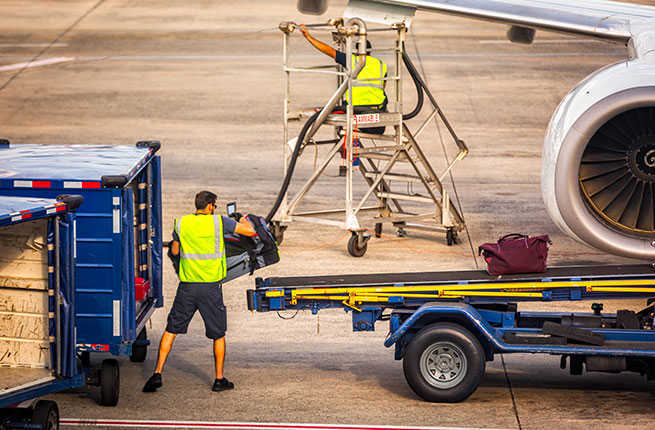
Baggage Handlers
Although extremely rare, it has happened that stowaways end up in a plane’s cargo hold. Baggage handlers, the people who load and unload the suitcases, can inadvertently be locked in, their only chance of escape simply to wait for the flight to land at the plane’s final destination. Fortunately, holds are pressurized, and sections are even heated for the animals onboard, meaning there’s a good chance the human cargo emerges unharmed on the other end.
